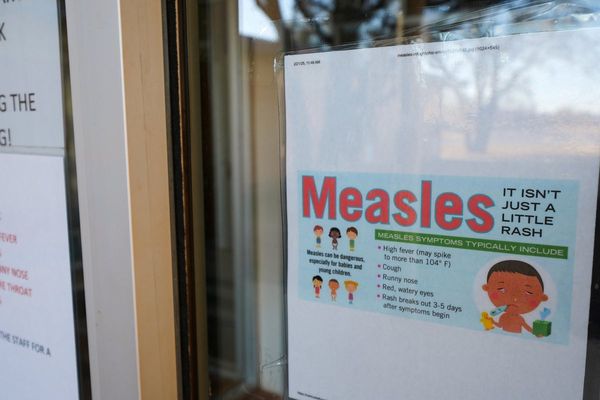
A surge in employment combined with scant investment by firms to improve output triggered a sharp drop in worker productivity, limiting prospects for income growth without fanning inflation, the Productivity Commission said in its annual report.
Across the economy, productivity fell 3.7% in 2022-23, as output growth failed to keep pace with a record 6.9% increase in hours worked, the commission said. A rush by employers to hire new staff was much higher than in previous bursts – the nearest comparison was the 4.3% rise in hours worked in 1988-89.
“Australians’ incomes grew in 2022-23, mostly because they worked more hours,” said the commission’s deputy chair, Alex Robson. “But productivity growth is about working smarter, not working harder or longer.”
With labour market participation hovering near its record 67%, the economy has little scope to generate higher incomes by adding workers or time on the job, he said.
“What’s worse, we know nominal wage growth without productivity growth can fuel inflation,” Robson said. “Sustainable, long-term wage growth can only be realised by securing productivity gains.”
Employers, though, were also not doing their bit. The capital-to-labour ratio, one measure of spending on equipment to improve output, fell by a record 4.9% for the year.
“So while a record number of Australians had jobs, employers didn’t invest in the equipment, tools and resources that are needed to make the most of employees’ skills and talents,” Robson said. “Further capital investment would help turn our strong employment growth into strong productivity growth.”
The Reserve Bank has been one of the economic institutions to warn wage increases had to be accompanied by increased productivity to avoid adding to inflation pressures and delaying any interest rate cuts.
In its latest statement on monetary policy, released at its first board meeting of 2024, the RBA listed productivity outcomes as among “still highly uncertain” outcomes in its forecast for how fast inflation may fall back to its 2%-3% target range.
“Other things equal, poor productivity outcomes would underpin higher-than-expected costs for businesses and put upward pressure on the prices paid by consumers,” it said.
Wages rose 4.2% last year, according to the Australian Bureau of Statistics, or slightly faster than the 4.1% inflation rate. That was the first time in about two years that the wage price index had exceeded its consumer price equivalent.
Still, economists have been wary about reading too much into recent poor productivity results. One issue has been the lingering effects of the Covid pandemic disruptions, with many people spending more time working from home.
And, as the Productivity Commission itself notes, the decline in hourly output per worker was partly the result of some of the extra hours worked being taken up by “less experienced or less productive labour”. Many of those jobs were also in “relatively low‑productivity sectors” such as retailing and hospitality, the report said.
With the unemployment rate now creeping up to 4.1% in January from a half-century low of 3.4% in October 2022, output per hour was also beginning to improve.
“The decline in labour productivity appears to have halted in the first quarter of the 2023-24 financial year, although this is largely attributable to a fall in hours worked,” the bulletin said.
By industry, labour productivity grew most in the professional, scientific and technical services sector, with a 3% increase. The wholesale trade industry posted the largest fall, at 11.4%, as hours worked jumped 15.7%.
All up, 11 out of the 16 market sector industries reported a decline.







